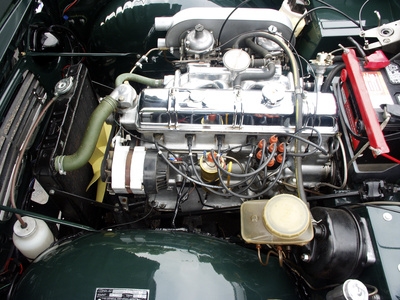
It is frustrating when your car won't start. There are several reasons why this can happen, but if you turn the key and the engine does not even turn over, you have already eliminated some of those reasons: poorly tuned engine, empty gas tank, etc. When the starter does not even turn the engine, the problem is most likely in the electrical system or the starter motor itself. By following a logical series of steps, you can narrow the cause of your starting difficulties and identify a solution.
Check if your headlights, radio or other electrical devices have been left on. If you find any of these conditions, a dead battery is likely the problem. Test the battery with a voltmeter. A charged battery should read at least 12.5 volts across the terminals. Turn off the lights or remove the electrical drain before proceeding to the next step.
Turn the key to the on position and watch the dashboard instrument lights. If the lights do not come on, the battery is likely dead or the ignition switch is faulty. Open the hood and attach jumper cables to both your battery and another car battery or emergency jump-start device. Attach the red cable to the positive terminal on each battery. Attach the black cable to the negative terminal of the other car battery and to any solid metal part under your hood. With the other car's engine running, or the jump-start tool set to provide a charge, try to start your car. If your engine turns over slowly or makes a loud clicking sound, wait a few minutes with the other car running at 1,000 to 1,200 rpm to allow your battery to build up a charge. Attempt to start your car again. If your car starts successfully, the problem was caused by a dead battery. Disconnect the jumper cables and keep your car running until you can have your battery recharged and tested or replaced. If you have been unable to jump-start your car, proceed to the next step.
Turn the key to the on position. If the dashboard lights do not come on and you know the battery is good, the ignition switch is probably faulty and should be repaired or replaced. If the lights do come on, turn the key to the start position and watch the dashboard lights. If they dim when you turn the key to start, then voltage is being sent to the starter motor but either the starter solenoid is not engaging or the starter motor has failed. In this case, you will need to remove the starter motor/solenoid assembly and have it tested at an auto parts store. If the motor has failed, you will need a new assembly; if the solenoid has failed, it may be possible to have it rebuilt to save the cost of an entire new starter assembly. Replace the starter assembly and your car-starting problems should be solved.